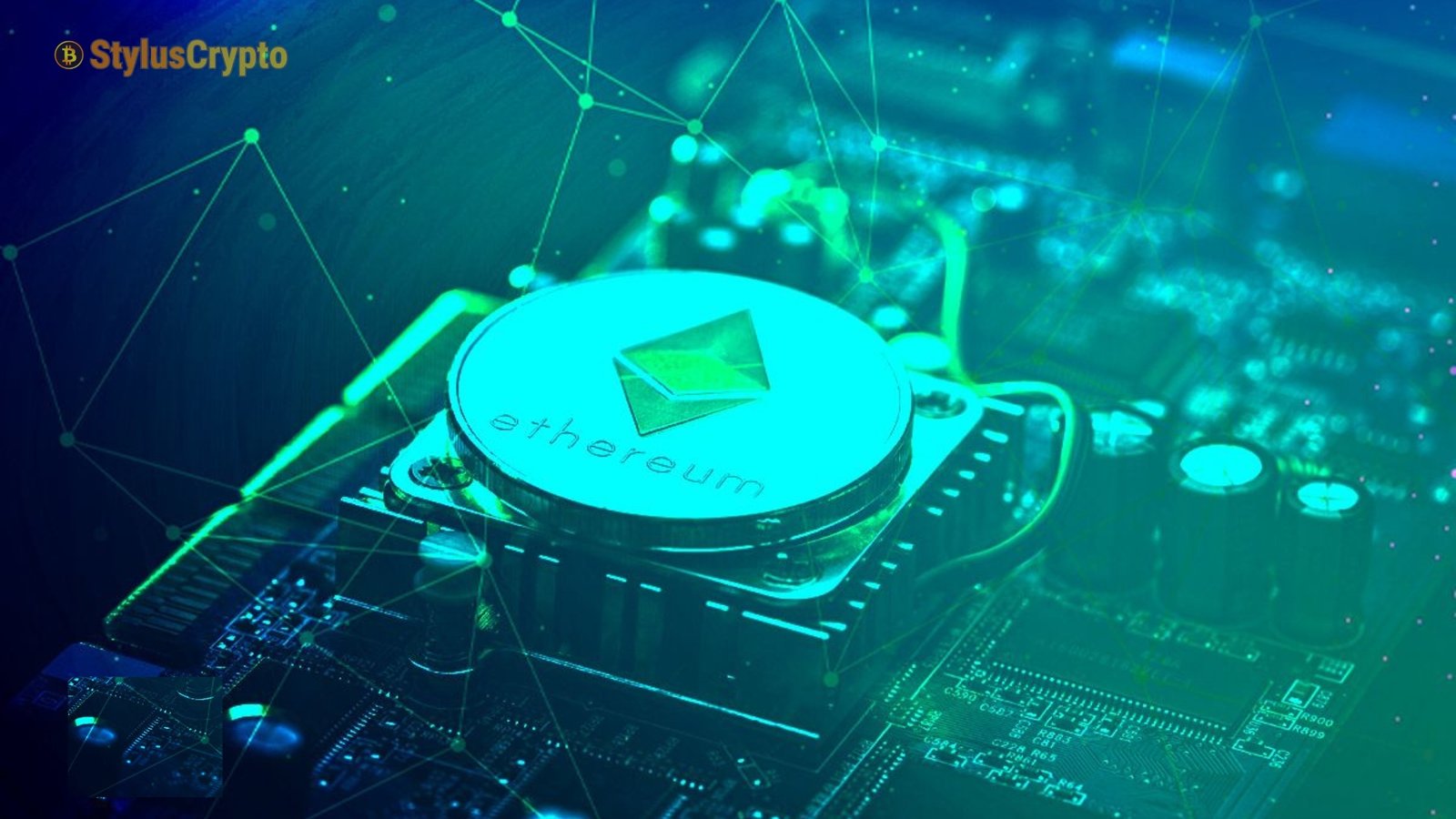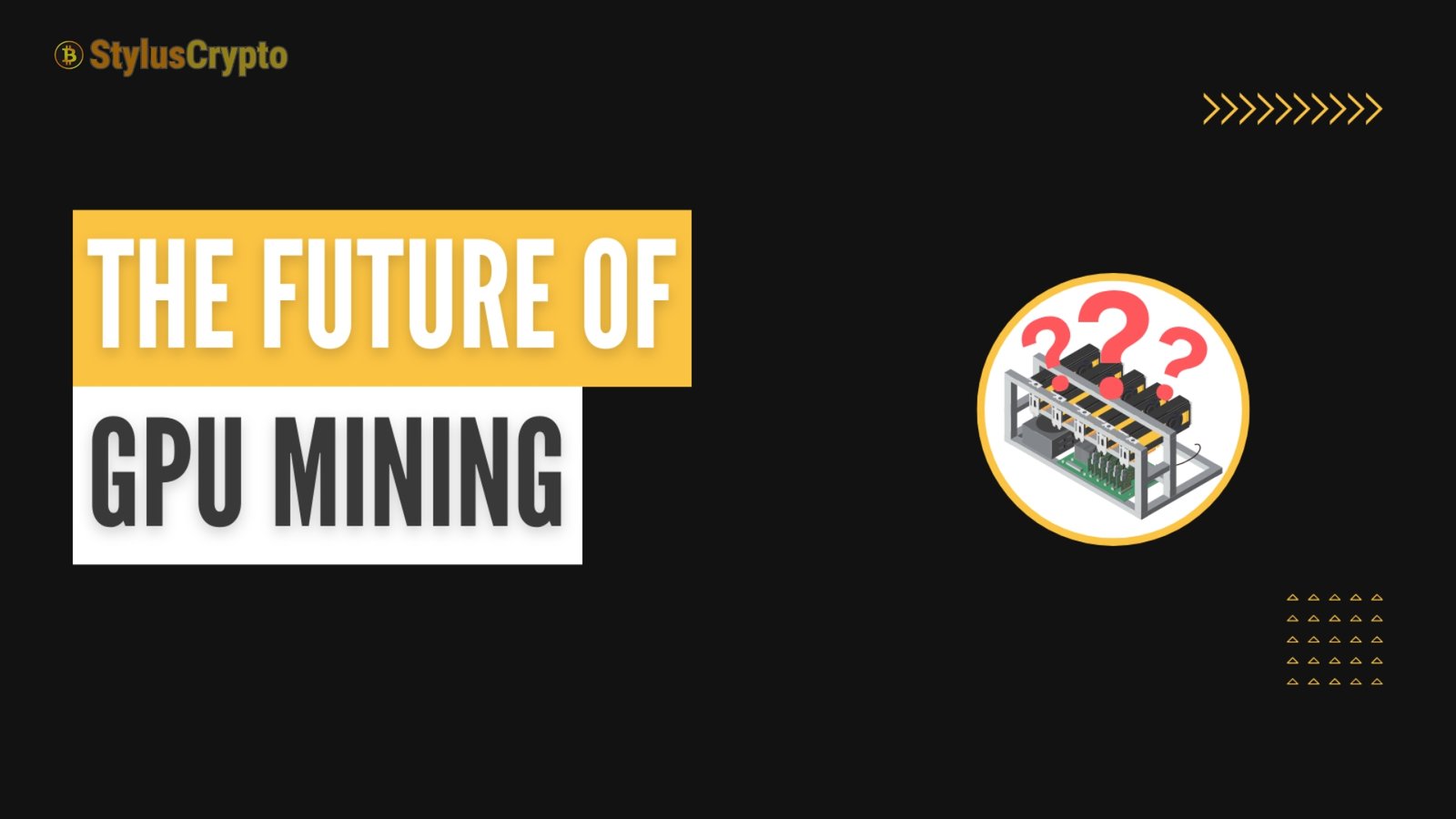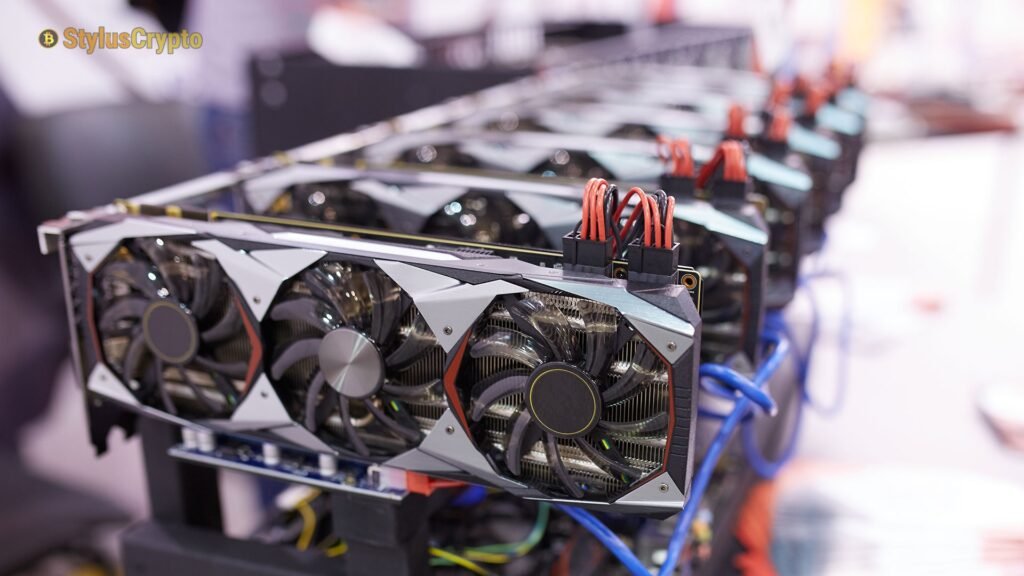GPU Crypto Mining: The cryptocurrency world has always been dynamic and characterized by rapid technological advancements, market volatility, and evolving regulatory landscapes. One of the most significant developments in this space has been GPU (Graphics Processing Unit) mining. From its early days as a dominant force in cryptocurrency mining to its recent challenges and transformations, GPU mining has seen it all. As of 2024, the landscape for GPU crypto mining has drastically changed, but it remains an essential topic for cryptocurrency enthusiasts and tech innovators.
The Early Days: GPU Mining’s Ascendancy
Cryptocurrency mining started with CPUs (central processing units), initially sufficient for mining Bitcoin and other early cryptocurrencies. However, CPUs became obsolete as the network hash rate increased and mining difficulty grew. Enter the GPU.
Traditionally used for rendering graphics in gaming and professional applications, GPUs proved exceptionally well-suited for the parallel processing tasks required in cryptocurrency mining. Their ability to handle multiple tasks simultaneously made them ideal for solving cryptographic puzzles that secure and validate transactions on blockchain networks.
The most significant early beneficiary of GPU mining was Ethereum. Unlike Bitcoin, which had transitioned to ASIC (Application-Specific Integrated Circuit) mining, Ethereum’s algorithm, Ethash, was designed to be ASIC-resistant. This made GPUs the preferred choice for Ethereum miners, leading to a boom in demand for high-performance graphics cards. This period, roughly between 2015 and 2020, saw GPU mining become a lucrative venture for hobbyists and professionals.
The Golden Age: Ethereum and the GPU Mining Boom
As Ethereum’s popularity surged, so did the profitability of GPU mining. Ethereum’s decentralized platform allowed developers to create decentralized applications (dApps) and smart contracts, driving up demand for the cryptocurrency. This, in turn, fueled GPU mining activities as miners sought to capitalize on the high rewards offered by the Ethereum network.
GPU manufacturers like NVIDIA and AMD saw unprecedented product demand during this period. Initially designed for gamers, graphics cards became scarce as miners bought them in bulk. Prices for GPUs skyrocketed, leading to a secondary market where prices were often double or triple the retail value. This scarcity caused tension between gamers, who felt squeezed out of the market, and miners profiting handsomely from their investments.
The Challenges: ASICs, Energy Concerns, and Market Volatility
Despite its success, GPU mining faced significant challenges. One of the most pressing was the development of ASICs for Ethereum mining. While Ethereum’s Ethash algorithm was designed to be ASIC-resistant, this resistance was not absolute. By 2018, the first Ethereum ASIC miners had hit the market, offering far superior hash rates to GPUs. This development threatened to render GPU mining obsolete, much as it had done for Bitcoin mining years earlier.
Energy consumption also became a critical issue. Cryptocurrency mining, in general, is an energy-intensive process, and GPU mining was no exception. As more miners entered the market, the total energy consumption of mining operations grew, leading to increased scrutiny from environmental groups and governments. Concerns about the carbon footprint of mining operations, particularly in regions heavily reliant on fossil fuels for electricity, led to calls for stricter regulations and a push towards greener mining practices.
Market volatility further complicated the GPU mining landscape. Cryptocurrency prices are notoriously unpredictable, and this volatility directly impacts mining profitability. During market downturns, the cost of electricity and hardware often outweighs the rewards from mining, leading many miners to shut down their operations. Conversely, during bull markets, mining can become highly profitable, attracting a surge of new participants and driving up the difficulty of mining.
The Transition: Ethereum 2.0 and the Decline of GPU Crypto Mining
The most significant event in the decline of GPU mining was Ethereum’s transition from Proof of Work (PoW) to Proof of Stake (PoS) with the rollout of Ethereum 2.0. This upgrade, which began in December 2020 and concluded in 2022, marked a fundamental shift in the Ethereum network’s operation.
Under PoS, the need for energy-intensive mining was eliminated. Instead of miners competing to solve cryptographic puzzles, validators were chosen to create new blocks based on the number of coins they held and were willing to “stake” as collateral. This transition effectively ended Ethereum’s GPU mining era, as the network no longer required the computational power provided by GPUs.
The shift to PoS had a profound impact on the GPU mining community. Many miners, who had invested heavily in their rigs, had no longer profitable hardware. Some sold their GPUs, leading to a glut of second-hand cards on the market, while others sought out alternative cryptocurrencies that still relied on PoW.
The Present and Future: What’s Next for GPU Mining?
As of 2024, the future of GPU mining is uncertain but not without potential. While Ethereum’s transition to PoS dealt a significant blow to the industry, GPU mining is not dead. Several smaller cryptocurrencies use PoW algorithms compatible with GPUs, providing an outlet for miners who wish to continue using their existing hardware.
One potential growth area is in multi-chain ecosystems and niche cryptocurrencies that prioritize decentralization and resist ASIC domination. These networks may offer new opportunities for GPU miners, though the profitability is likely to be lower than during the peak of Ethereum mining.
Another emerging trend is the repurposing of mining hardware for other computational tasks. With the rise of AI and machine learning, there is a growing demand for GPU power outside of cryptocurrency. Some former miners have pivoted to providing computational resources for AI research, scientific computing, or rendering services. This shift offers a new revenue stream and aligns with the broader tech industry’s move towards more sustainable and efficient resource use.
Conclusion
GPU crypto mining has experienced a meteoric rise and a challenging decline and now stands at a crossroads. While its golden age may have passed with Ethereum’s transition to PoS, the technology and community that powered GPU mining remain resilient and adaptive. As new opportunities and challenges arise, the story of GPU mining is far from over. Whether through the continued support of smaller PoW networks, the rise of decentralized multi-chain ecosystems, or the repurposing of GPUs for other computational tasks, the legacy of GPU mining will continue to evolve in the years to come.

